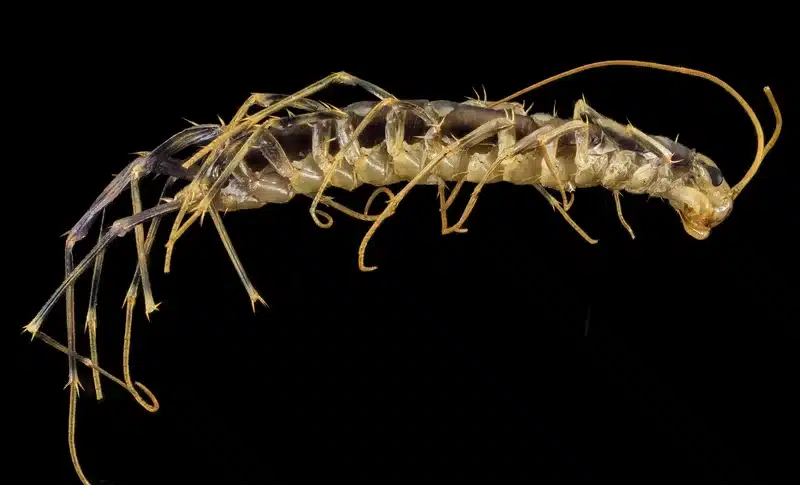Spotting a creepy crawler in your basement or bathroom can be unsettling. Homeowners often wonder “centipede vs silverfish” and how to handle each. Thankfully, a few simple clues help you tell them apart and pick the right fix.
I’m part of a third-generation, family owned business serving the DMV for over 50 years. As a licensed technician for four years, I’ve tackled countless centipede and silverfish issues. I’ll pull from that experience here.
You’ll learn how to ID each pest, understand health risks, and compare DIY and pro treatment options. Let’s dive in.
House Centipede vs Silverfish: Overview
Centipedes and silverfish are common house pests with long bodies and antennae. But centipedes belong to the Chilopoda class, while silverfish are primitive insects in the order Zygentoma. Each thrives in humid spots throughout Virginia, Maryland, and D.C.
Centipedes like damp basements and dark crawl spaces. Silverfish prefer moist kitchens, bathrooms, and book-lined closets. Spotting their habits helps you target the right treatment fast.
Key Differences Between House Centipede vs Silverfish
Size and Body Shape
Centipedes can reach 1 to 1.4 inches long. According to Penn State Extension, house centipedes average 25-35 mm. Silverfish only grow about 1/2 to 1 inch. Their bodies taper at the end, creating a fish-like silhouette.
Leg Count and Structure
Centipedes have 15 pairs of legs, one per body segment, and move in swift bursts. Silverfish carry just three pairs of jointed legs and show three tail-like filaments at the rear.
Coloration and Distinctive Appendages
Centipedes sport a yellowish-grey body with three dark stripes and banded legs. Silverfish shimmer in metallic silver scales and flash bristled rear filaments. These visual cues make them easy to tell apart.
Behavioral Differences in Centipede vs Silverfish
Movement Patterns
Centipedes sprint in rapid bursts across floors, walls, and ceilings. Silverfish glide in a wiggling, fish-like motion. Because of these differences, you may see centipedes hunting, while silverfish vanish into cracks.
Feeding Habits
Centipedes are carnivorous hunters feeding on insects, mites, even small spiders. Silverfish feed on starches and sugars in paper, fabrics, and adhesives, so they damage books, wallpaper, and clothing.
Habitat Preferences for Centipede vs Silverfish
Moisture and Humidity Requirements
Both pests thrive in 70-95% humidity. Silverfish need 75-95% humidity, often in showers and basements. Centipedes hunt in damp, dark spots but can enter homes seeking moisture during dry spells.
Common Indoor Harborage
Look for centipedes behind baseboards, in crawl spaces, or under logs. Silverfish hide in bookcases, pantry corners, and attics. Reducing clutter in these areas helps cut down hiding spots.
Regional Considerations in Virginia, Maryland & D.C.
Warmer springs and humid summers boost both pests. In our region, centipede and silverfish sightings spike in spring and fall when they seek shelter. Winter storms can also push silverfish into heated basements.
Lifecycle Comparison of Centipede vs Silverfish
Development and Molting
Baby centipedes hatch with four pairs of legs and gain more with each molt until they reach 15 pairs. Silverfish undergo ametabolous molting—juveniles look like tiny adults and may molt dozens of times a year.
Reproduction and Lifespan
Centipede females can live several years and lay up to 150 eggs. Silverfish can live 2-8 years, molting throughout adulthood. Because silverfish keep growing, they can become a long-term nuisance.
Health and Risks: Centipede vs Silverfish
Are Centipede Bites Harmful?


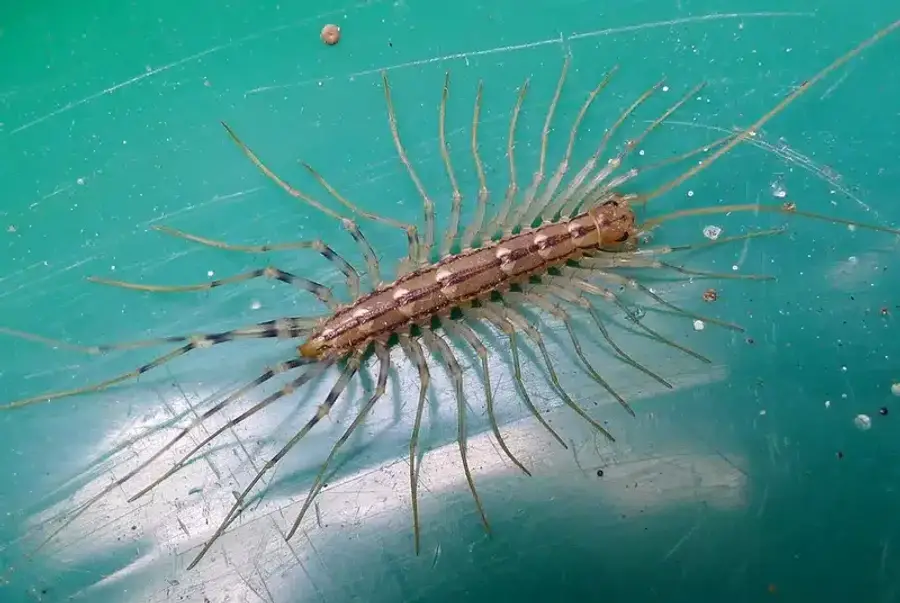
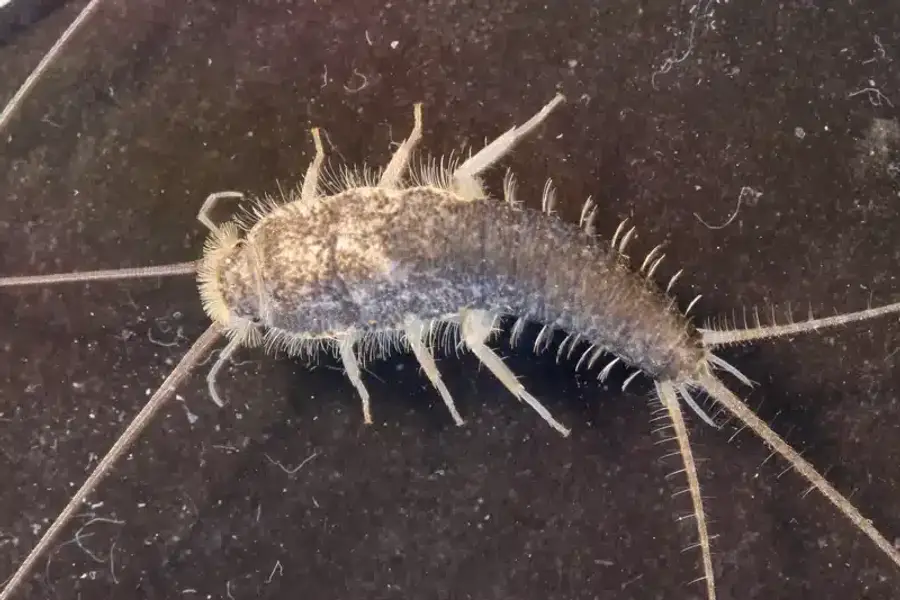
Centipedes can bite, injecting venom that feels like a bee sting. Bites may swell and hurt briefly. Most house centipedes are shy and only bite if provoked.
Do Silverfish Pose Risks?
Silverfish don’t bite people. They lack venom and strong jaws. The main concern is damage to books, paper, clothing, and pantry items.
How to Prevent House Centipedes and Silverfish: DIY Pest Control
Keeping pests out starts with simple steps:
- Reduce humidity with dehumidifiers and fix leaks.
- Seal cracks around windows, doors, and foundations.
- Declutter basements, attics, and closets.
- Use natural deterrents like peppermint oil, cedar, or cinnamon.
- Apply boric acid in wall voids and under appliances.
For more tips on similar pests, check out our pages on Millipedes and How to Get Rid of Spiders: Easy Steps for Homeowners.
Professional Pest Control Treatment Options for Centipede and Silverfish
When DIY falls short, our quarterly protection plan steps in:
- 78-point inspection by licensed technicians
- Targeted treatments around baseboards and the perimeter
- Exterior barrier with EPA-approved products we trust, like Essentria and borate-based solutions
- Four follow-up visits each year with unlimited callbacks if pests return
- No binding contract—you can cancel anytime with 30 days notice
We serve Arlington, Bethesda, Reston, and Alexandria. Learn more about our regional plans at Pest Control Arlington and Pest Control Alexandria. For pricing, see our 2025 Service Price Guide.
Integrated Pest Management for Centipede vs Silverfish
A smart approach combines:
- Moisture control and decluttering
- Sealing entry points and structural fixes
- Spot treatments and occasional barrier sprays
- Ongoing monitoring to catch new outbreaks early
Remember, frequent centipede sightings often mean other pests are present. Tackling the root cause keeps both centipedes and silverfish in check.
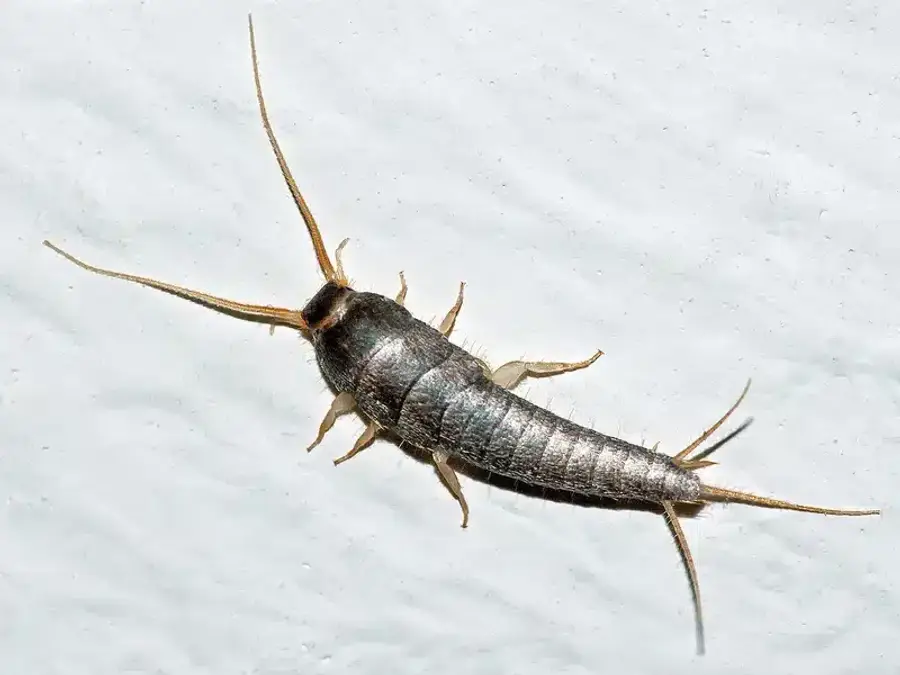
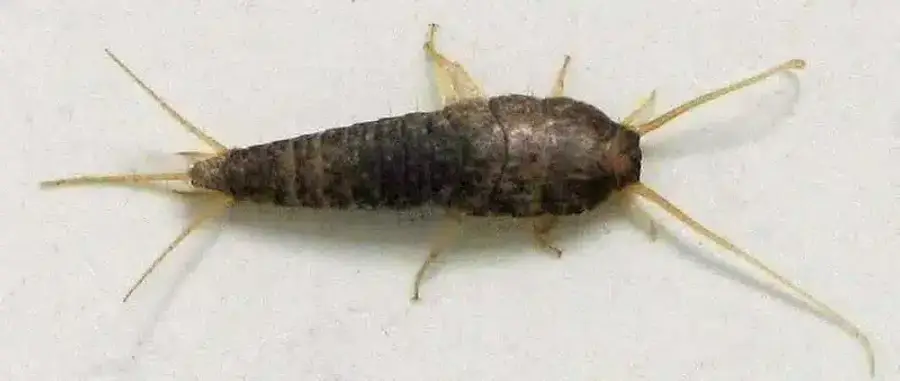
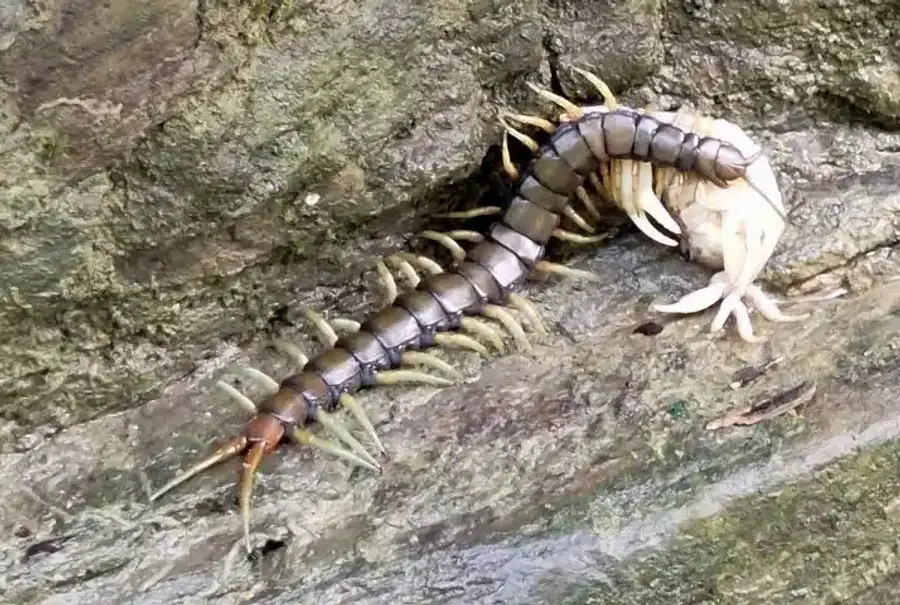
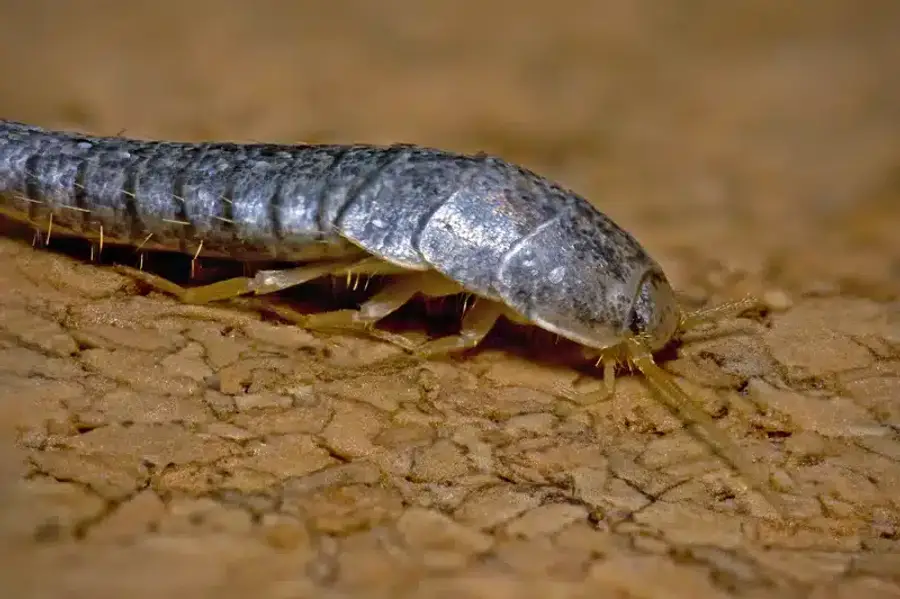
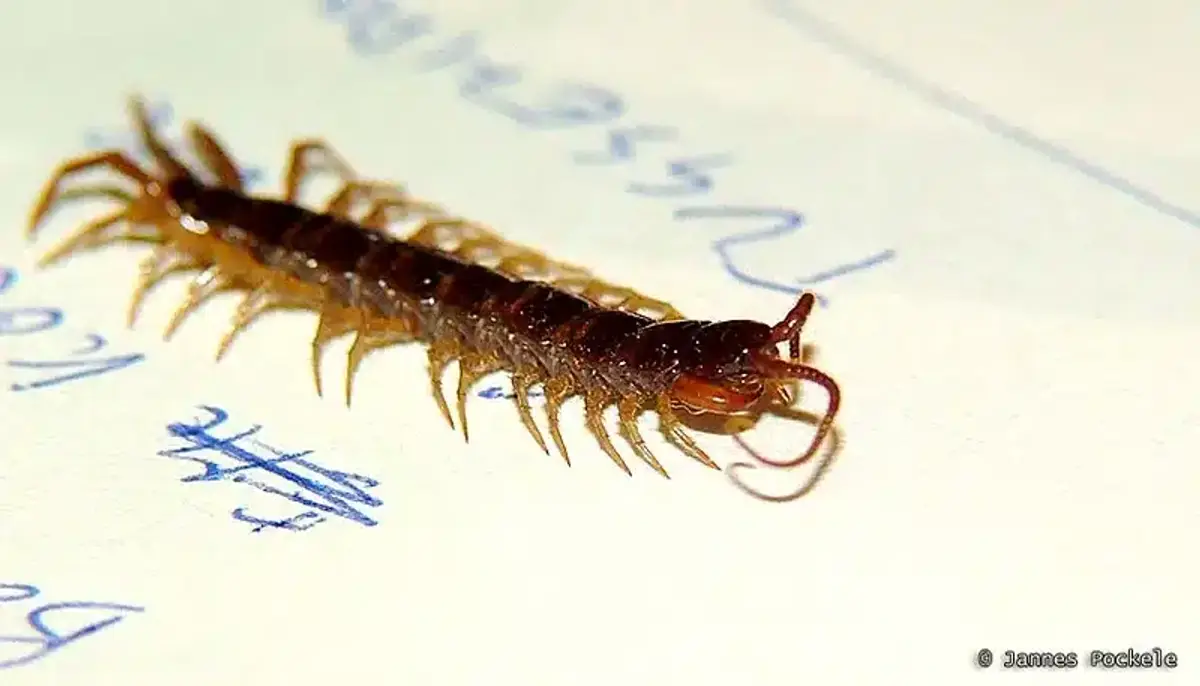
Frequently Asked Questions
What is the difference between a centipede and a silverfish?
+
Centipedes have 15 leg pairs and hunt other bugs. Silverfish have three leg pairs, eat starches, and damage paper and fabrics.
Are centipedes or silverfish dangerous to my family?
+
Centipedes can bite if handled, causing sting-like pain. Silverfish don't bite or spread disease but harm belongings.
How can I identify a silverfish infestation?
+
Look for tiny silver scales, damage to books or clothes, and holes in paper or wallpaper in dark, humid spots.
What steps get rid of centipedes naturally?
+
Lower humidity, seal cracks, remove clutter, and use natural repellents like peppermint oil around entry points.
When should I call a professional for centipede or silverfish control?
+
If DIY methods don't work or you see large numbers, professional quarterly treatments can provide long-term relief.
Can silverfish survive cold winters in my home?
+
Yes. Silverfish seek warm, humid areas like water heaters or heated basements to survive winter.
Will eliminating other pests reduce centipede sightings?
+
Absolutely. Centipedes follow prey. Reducing insects like ants and spiders cuts centipede numbers.
How often should I get a pest plan to control these pests?
+
Tri-annual visits (three times per year) keep treatments fresh and barrier sprays effective, trapping pests before they get inside.
With five years of hands-on experience in the pest control industry, George Schulz is a registered technician with the Virginia Pest Management Association and a proud third-generation professional in a family business that's been protecting homes for over 57 years. He manages and trains a team of service pros while also leading internal research efforts—recently spearheading a deep-dive review of thousands of documents on pest control materials to hand-pick the most kid and pet friendly, most effective solutions tailored specifically for homes in the DC metro area.
